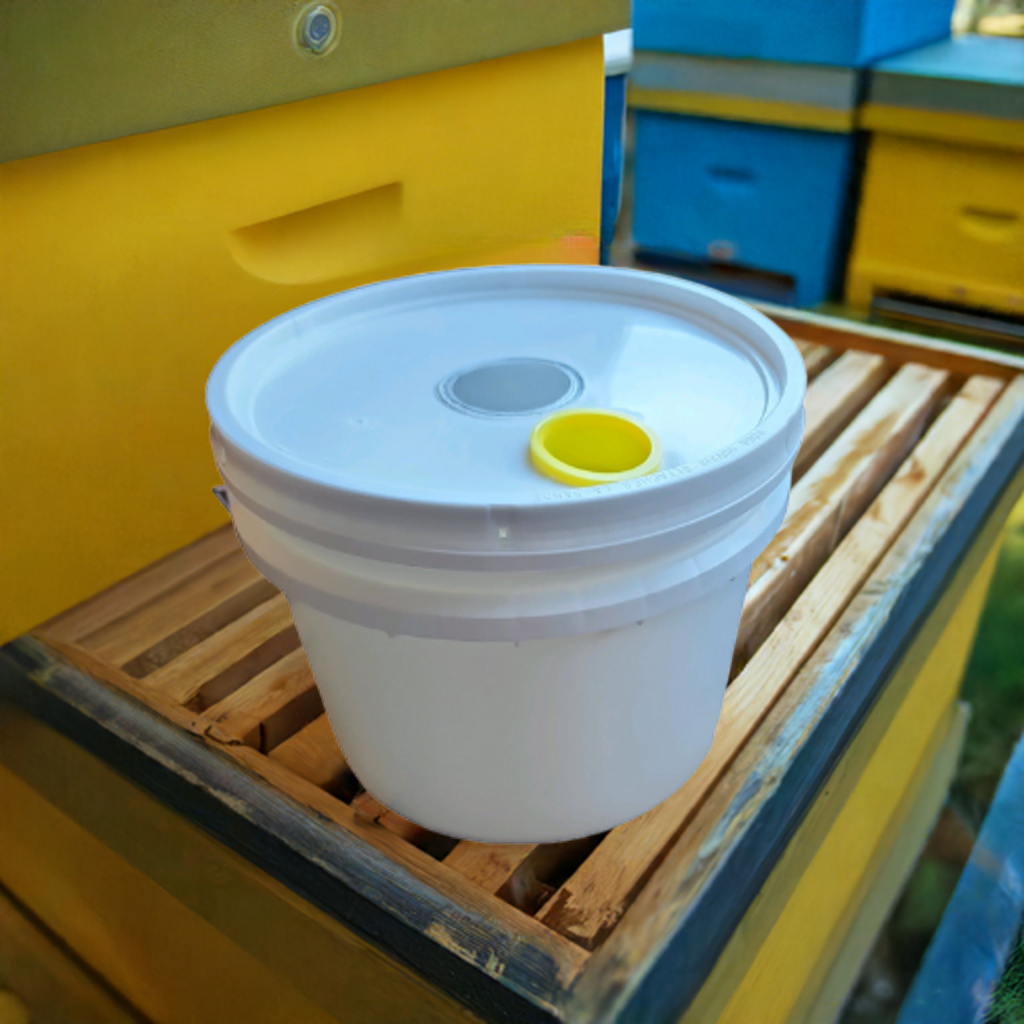
The Importance of Bee Boxes: A Sustainable Solution for Pollinator Conservation
Share
The Importance of Bee Boxes: A Sustainable Solution for Pollinator Conservation
Bees are among the most important pollinators in the world. They play a crucial role in supporting biodiversity and contributing to agricultural production by pollinating a wide range of crops, from fruits and vegetables to flowers and trees. However, the rapid decline in bee populations due to habitat loss, pesticide use, climate change, and other factors has raised alarm worldwide. As a result, there has been an increasing push to create environments that can support bees and other pollinators, and one such solution is the use of bee boxes.
What are Bee Boxes?
Bee boxes, also known as bee hives or beekeeping boxes, are specially designed wooden boxes that house bee colonies. These boxes provide shelter and a space for bees to build their hives, store honey, and raise their young. In both commercial and hobbyist beekeeping, bee boxes are a key component in fostering a safe environment for bees to thrive. Bee boxes are designed to be easy to maintain, offering a controlled setting for bees to live, work, and reproduce.
There are various types of bee boxes, but the most common are Langstroth hives, top-bar hives, and Warre hives. Langstroth hives are the most widely used in commercial beekeeping, consisting of stacked boxes with frames that can be removed and inspected. Top-bar hives, on the other hand, have a series of horizontal bars where bees build their combs, making it easier for beekeepers to work with the hive. Warre hives are a more natural approach to beekeeping, allowing bees to build combs in vertical layers, simulating the environment of a tree trunk.
Why Are Bee Boxes Important?
The importance of bee boxes can be understood in the context of both pollinator conservation and agricultural benefits. Below are some key reasons why bee boxes are so important:
1. Supporting Pollinator Populations
Bee populations have been in sharp decline in recent decades, and many species are now considered threatened or endangered. Habitat destruction, the use of harmful pesticides, and climate change have led to a loss of food sources and suitable nesting environments for bees. Bee boxes provide a safe and controlled environment where bees can thrive. They offer shelter and access to forage in areas that may otherwise be inhospitable to them, helping to support local pollinator populations and preserve biodiversity.
2. Enhancing Crop Pollination
Bees are essential for the pollination of many crops that make up a significant portion of the human food supply. Without bees, agricultural productivity would be severely impacted, leading to a loss of food variety and increased prices. By using bee boxes, farmers and gardeners can encourage local bee populations to pollinate their crops, improving yields and crop quality. For example, bees pollinate a wide range of food crops, including fruits, nuts, vegetables, and seeds. The increased crop pollination leads to higher-quality produce and ensures a more sustainable food supply.
3. Improving Biodiversity
By providing bees with a suitable environment to live, bee boxes contribute to the overall health of local ecosystems. Bees pollinate not only crops but also wild plants, which helps to maintain biodiversity in natural ecosystems. The presence of healthy bee populations in urban and rural areas ensures that a variety of plant species can reproduce, leading to a more resilient and diverse ecosystem. In turn, this supports other wildlife, including birds, mammals, and insects, that rely on a healthy ecosystem for food and shelter.
4. Honey and Other Bee Products
In addition to pollination services, bee boxes also provide valuable products for beekeepers. Honey is one of the most well-known products derived from bees, and it has been prized for its medicinal properties and as a natural sweetener for centuries. Bees also produce beeswax, royal jelly, propolis, and pollen, all of which have commercial value. Beekeepers can harvest these products sustainably, offering an additional income stream while supporting bee populations. Moreover, the practice of beekeeping helps increase awareness about the importance of bees, leading to more sustainable agricultural practices.
How to Set Up a Bee Box
Setting up a bee box can be a rewarding and educational experience. Whether you're a hobbyist looking to start your own apiary or a farmer hoping to attract more pollinators to your crops, setting up a bee box involves several key steps:
-
Choosing the Right Location: Bees require a sunny, sheltered spot with access to a variety of flowering plants. Ideally, the location should be away from high-traffic areas to minimize disturbance.
-
Selecting the Right Hive: Choose a bee box design that suits your needs and experience level. Langstroth hives are ideal for those looking to scale up beekeeping, while top-bar and Warre hives are great for smaller, more natural beekeeping practices.
-
Acquiring Bees: Once your hive is ready, you’ll need to acquire bees to populate the box. You can either buy a nucleus colony (a small starter colony) or attract wild bees using swarm traps.
-
Monitoring and Maintenance: Regular maintenance and monitoring of the hive are essential for bee health. Ensure that the hive remains clean, and check for signs of disease or pests. Beekeepers should also harvest honey carefully to avoid stressing the bees.
Conclusion
Bee boxes offer a practical and sustainable solution to the challenges facing bee populations today. By creating a safe and supportive environment for bees, bee boxes help preserve essential pollinator species, increase agricultural productivity, and contribute to biodiversity conservation. Whether you're an experienced beekeeper or a beginner, investing in a bee box can make a tangible impact on the health of local ecosystems and the global food system. By protecting and nurturing bee populations, we can ensure a healthier, more sustainable future for both humans and the planet.
